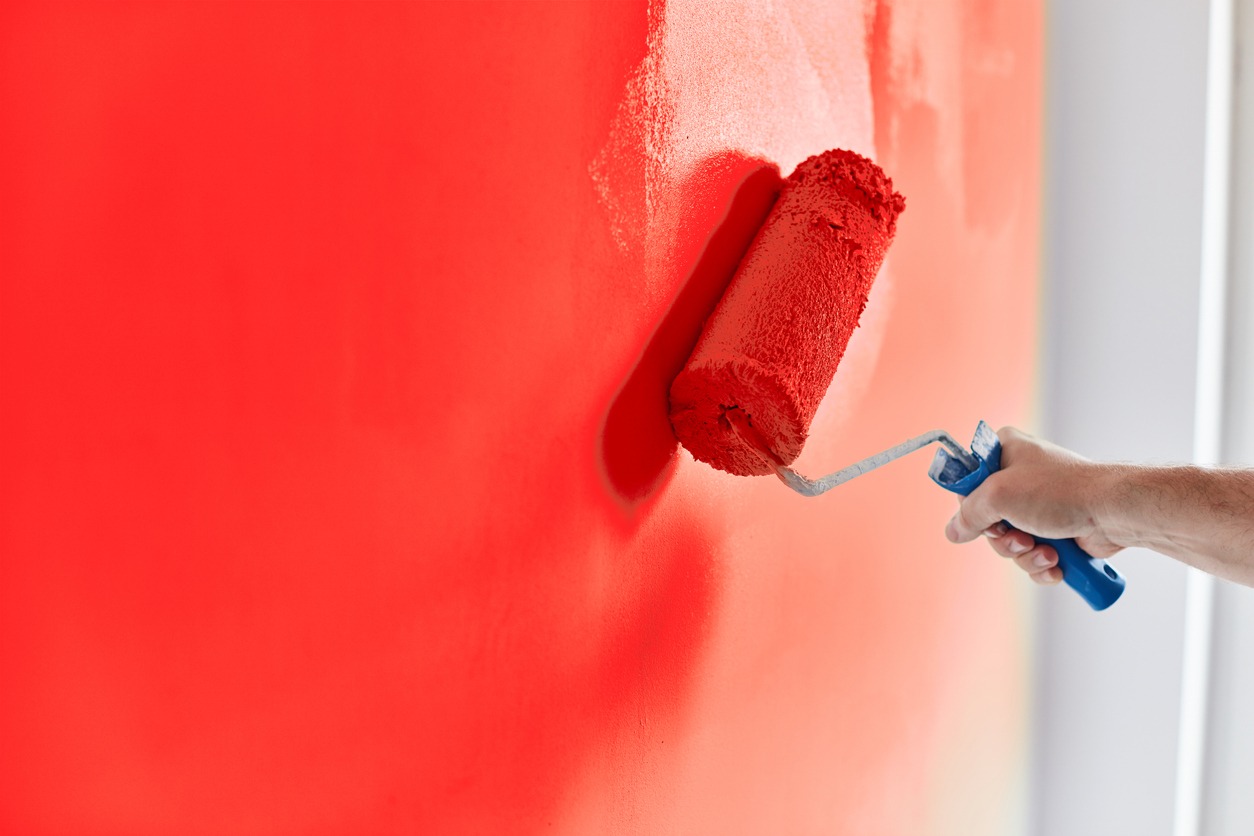Painting with strong colors is a bold choice for homeowners. This article gathers expert tips from experienced painting contractors. They share insights on using vibrant hues effectively. Read on to discover their top recommendations for working with stronger colors.
Factors that Define Stronger Colors for House Painting
Choosing stronger colors for house painting involves understanding several key factors. These elements help define what makes a color bold and effective for your home. Here are the main factors to consider:
- Hue: The base color itself. Stronger colors often have more intense and pure hues.
- Saturation: The intensity of the color. High saturation means the color is vivid and bright.
- Lightness: How light or dark the color appears. Strong colors can be either very dark or very bright.
- Finish: The sheen of the paint. Glossy finishes can make colors appear more vibrant, while matte finishes can give a more subdued look.
- Lighting: The natural and artificial light in the room. Lighting can change how a color looks throughout the day.
- Surrounding Colors: The colors of furniture, flooring, and other elements in the space. These can influence how strong the paint color appears.
- Surface Texture: The texture of the walls. Smooth surfaces may reflect light differently compared to textured ones, affecting the color’s appearance.
How to Pick Stronger Colors for Your Home
Choosing stronger colors for your home adds vibrancy and personality to your spaces. Take a look at these expert tips to help you select the right bold hues for your interiors.
Consider the Room’s Purpose
Think about the function of the room when choosing strong colors. For example, vibrant colors like red or orange can energize a living room or kitchen, making them great for social areas. In contrast, cooler shades like blue or green can create a calm and relaxing atmosphere, perfect for bedrooms or bathrooms.
Also, consider how much time you spend in the room. Bold colors can be stimulating, which is great for short periods but might be overwhelming in spaces where you spend a lot of time. Balance is key to making sure the color works well with the room’s use.
Test with Samples
Before committing to a color, use paint samples to see how the color looks in your space. Paint a small section of the wall or use large color swatches to observe how the color changes throughout the day with different lighting. This helps you avoid any surprises and ensures you are happy with the color choice.
Testing samples also allows you to compare different shades and finishes. Sometimes, a slightly lighter or darker version of your chosen color might work better with your furniture and décor. Take the time to test and compare to find the perfect match.
Think About Lighting
Lighting plays a big role in how colors appear in your home. Natural light can make colors look brighter and more vibrant, while artificial light can change the tone and intensity. Consider the amount and type of lighting in the room when picking a strong color.
For rooms with lots of natural light, you might choose a color that complements the light and enhances the room’s brightness. In darker rooms, consider using colors with a warm undertone to add coziness and depth. Always take lighting into account to make the best choice.
Coordinate with Existing Décor
Your new wall color should harmonize with your existing furniture and décor. Look at the colors of your furniture, rugs, and accessories to choose a paint color that complements them. A cohesive color scheme can tie the room together and create a balanced look.
If your décor features neutral tones, a bold color on the walls can add a striking contrast and focal point. For rooms with already vibrant elements, pick a strong color that enhances but doesn’t overpower the existing décor. Coordination is key to a stylish and harmonious space.
Tips for Applying Stronger Colors During House Painting
Applying stronger colors during house painting can be challenging, but with the right approach, you can achieve a stunning result. Here are tips from experts to help you work with vibrant hues effectively.
Prepare the Surface
Proper preparation of the surface is key to a successful paint job. Make sure to clean the walls thoroughly to remove any dirt or grease that might interfere with the paint’s adhesion. Sand any rough spots and fill in holes or cracks to create a smooth, even surface for painting.
Priming the walls is another important step. A good primer will help the strong color look more vibrant and reduce the number of coats needed. It also helps to cover any previous colors or stains, giving you a clean slate to work with.
Choose Quality Paint
Investing in high-quality paint can save you time and effort in the long run. Premium paints tend to have better coverage and require fewer coats to achieve the desired color. They also tend to be more durable and resistant to fading, ensuring that your vibrant colors stay looking fresh longer.
When choosing paint, consider the finish as well. Glossy finishes can make colors appear more vibrant and easier to clean, while matte finishes can give a more sophisticated look but might require more maintenance.
Apply Multiple Coats
Strong colors often require multiple coats for full coverage. Be patient and allow each coat to dry completely before applying the next one. This helps to avoid streaks and uneven color distribution.
Using thin, even layers of paint can also help achieve a smoother finish. Thick layers are more likely to drip and create an uneven appearance. Take your time and apply the paint carefully for the best results.
Use Consistent Techniques
Consistency in your painting technique is important when working with strong colors. Use the same brush or roller strokes throughout the entire wall to avoid noticeable differences in texture or color.
Work in small sections to maintain a wet edge and avoid lap marks. This helps to blend the paint seamlessly, creating a uniform look across the entire surface. By paying attention to your technique, you can achieve a professional-quality finish with vibrant colors.
Conclusion
Painting with stronger colors can transform your home’s look and feel. By following the tips shared by experienced painting contractors, you will be able to have a vibrant and professional finish for your home.
For more personalized advice and professional painting services, contact Custom Painting, Inc. Call us at 925-294-8062 or fill out a Contact Form on our website.



